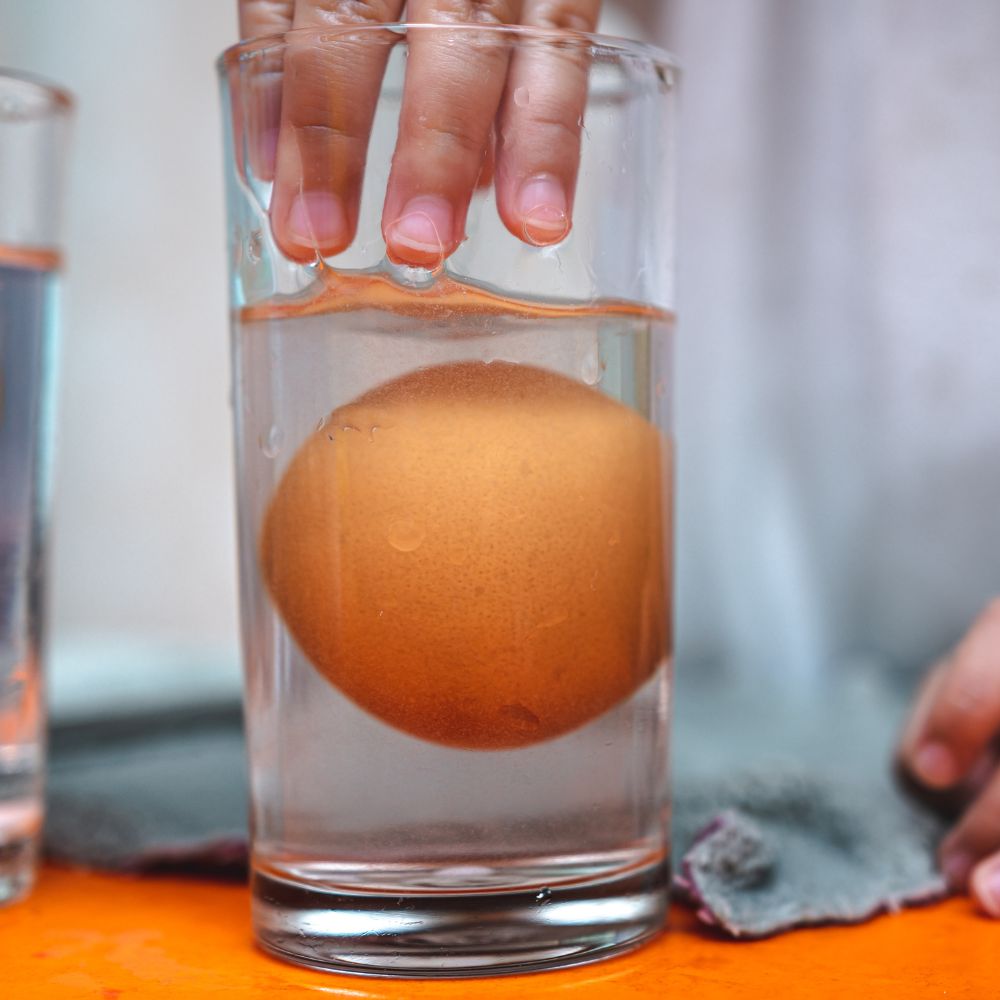Key Takeaways

- The egg float test is a simple method to determine an egg’s freshness.
- Fresh eggs sink and lay flat on the bottom, while older eggs stand upright or float.
- Understanding the science behind the test can help you make informed decisions about egg consumption.
- Additional tests can complement the egg float test for a more comprehensive freshness check.
Introduction
Eggs are a staple in many households, loved for their versatility and nutritional benefits. However, determining their freshness can sometimes be a challenge. Enter the egg float test—a simple, time-tested method that helps you decide whether your eggs are still good to eat. In this article, we’ll explore the ins and outs of the egg float test, why it works, and how you can use it to ensure your eggs are fresh and safe to consume.
What is the Egg Float Test?
The egg float test is a straightforward technique used to assess the freshness of an egg. This method involves placing an egg in a bowl of water to observe its buoyancy. The test is based on the principle that eggshells are porous, allowing air to enter over time. As the egg ages, the air cell inside the egg enlarges, affecting its buoyancy.
How to Perform the Egg Float Test
- Fill a bowl or glass with water deep enough to completely submerge the egg.
- Gently place the egg in the water.
- Observe the position of the egg in the water:
- Fresh Egg: Sinks to the bottom and lays flat on its side.
- Slightly Older Egg: Sinks but stands upright on the bottom.
- Old Egg: Floats on the surface.
Why Does the Egg Float Test Work?

The science behind the egg float test is fascinating and rooted in the natural aging process of eggs. As eggs age, the moisture inside evaporates through the porous shell, and air takes its place. This results in an increase in the size of the air cell, causing the egg to become more buoyant. Therefore, the egg’s position in water is a reliable indicator of its age and freshness.

Additional Tests to Check Egg Freshness
While the egg float test is a reliable method, there are additional tests you can use to further confirm an egg’s freshness:

1. The Sniff Test
One of the most straightforward ways to check an egg’s freshness is by cracking it open and giving it a sniff. A fresh egg will have a neutral odor, while a spoiled egg will emit a distinct sulfurous smell.
2. The Shake Test

Hold the egg up to your ear and gently shake it. If you hear a sloshing sound, the egg is likely old, as the contents have started to break down and liquefy. Fresh eggs will not make any sound when shaken.
3. Visual Inspection
Crack the egg onto a flat surface and observe its appearance. A fresh egg will have a firm yolk and thick, cloudy white. In contrast, an older egg will have a flatter yolk and a runnier white.
Storing Eggs for Maximum Freshness
Proper storage is key to maintaining egg freshness for as long as possible. Here are some tips for storing eggs effectively:
- Keep eggs in their original carton to protect them from absorbing odors and flavors from other foods.
- Store eggs on a refrigerator shelf rather than the door, as the temperature is more stable.
- Avoid washing eggs before storing them, as this can remove the protective bloom and increase the risk of contamination.
The egg float test is a simple yet effective way to gauge the freshness of your eggs, ensuring they are safe to consume. By understanding the science behind this test and complementing it with additional freshness checks, you can confidently enjoy your eggs without worry. Remember to store your eggs properly to extend their shelf life and maintain their quality. With these tips and tricks, you’ll be well-equipped to make the most of this versatile kitchen staple.